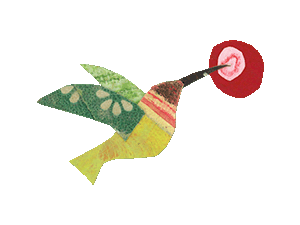How Storytelling Builds Attachment & The Science Behind It
A New Podcast Exploring the Science & Methodology of Storytelling
from the authors of
Any parent, grandparent, or teacher who has told stories to their children will recognize that at the end of a good story, you don’t just walk away with a good story – the two of you feel closer. Why?
What scientists have pieced together over the last seventy years is that storytelling is a principle component of how we think, speak, and make meaning of our lives. But almost all of this research is focused on the relationship between the story and the listener. At How to Tell Stories to Children, we focus on the relationship between speaker and listener - meaning you and your child.
To fill in the gap in the science, we need to look elsewhere – at one of the principle theories of human development: attachment theory. The main principle of attachment theory is that a healthy attachment to one or more parental figures in a child’s early years helps a child form healthy relationships later in life. Since relationships are vital to social creatures like you and I, this leads to all sorts of desirable outcomes, like academic and career success, mental health, and positive self-esteem.
About This Podcast
From the authors of How to Tell Stories to Children comes a podcast that supports parents, teachers, and grandparents who want to engage in the intimacy and excitement of storytelling at home.
Our work has been endorsed by Dr. Jane Goodall, New York Times bestselling authors and parenting guides Steve Biddulph, Kim John Payne, Bill McKibben, Richard Rohr, Charles Eisenstein, and many more.
Warning! This is not a collection of children's stories (you can find those here). It's about empowerment. It is about finding your voice. We combine the science of storytelling with a step-by-step method, practice exercises, and sample stories to help you awaken to the storyteller within.




